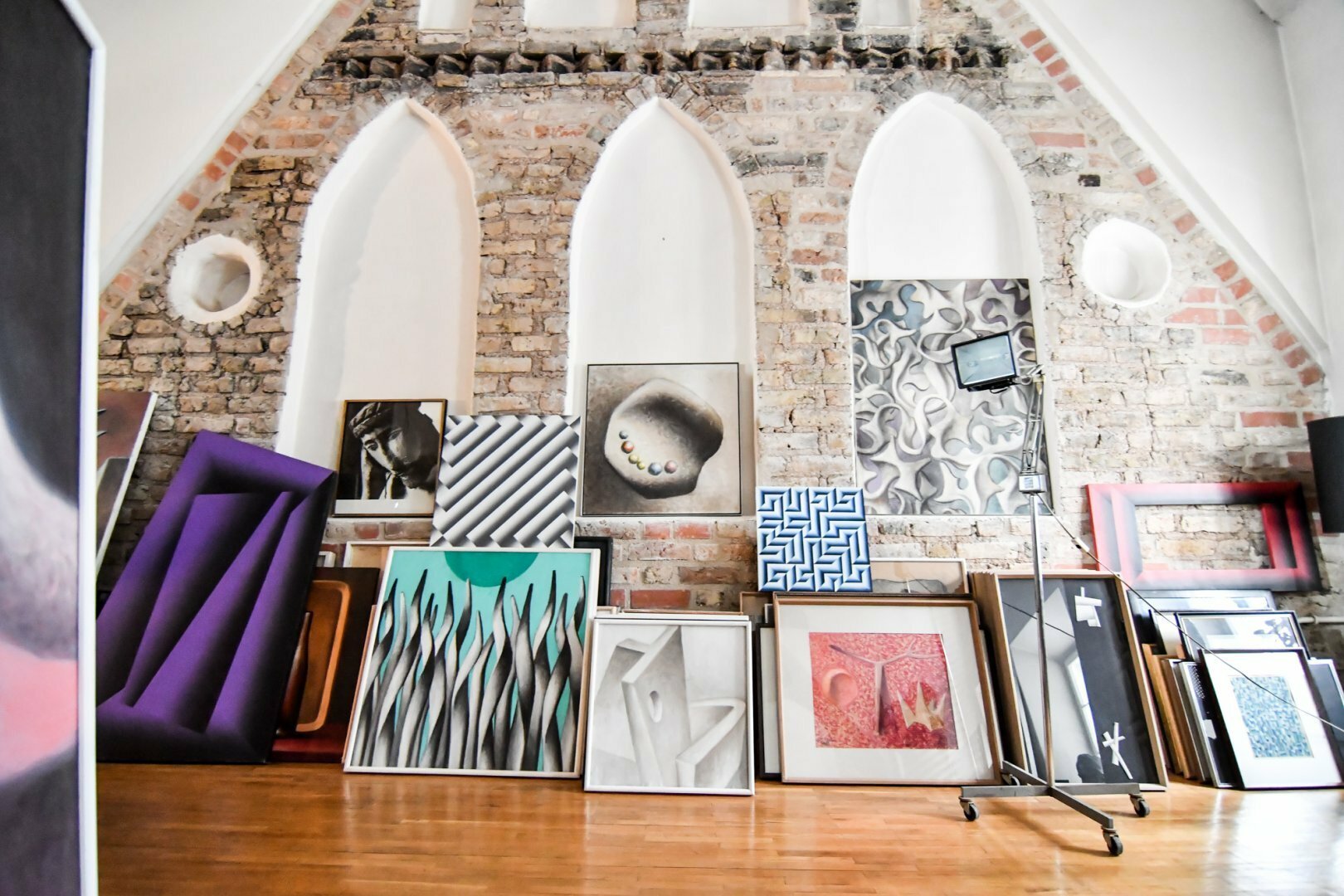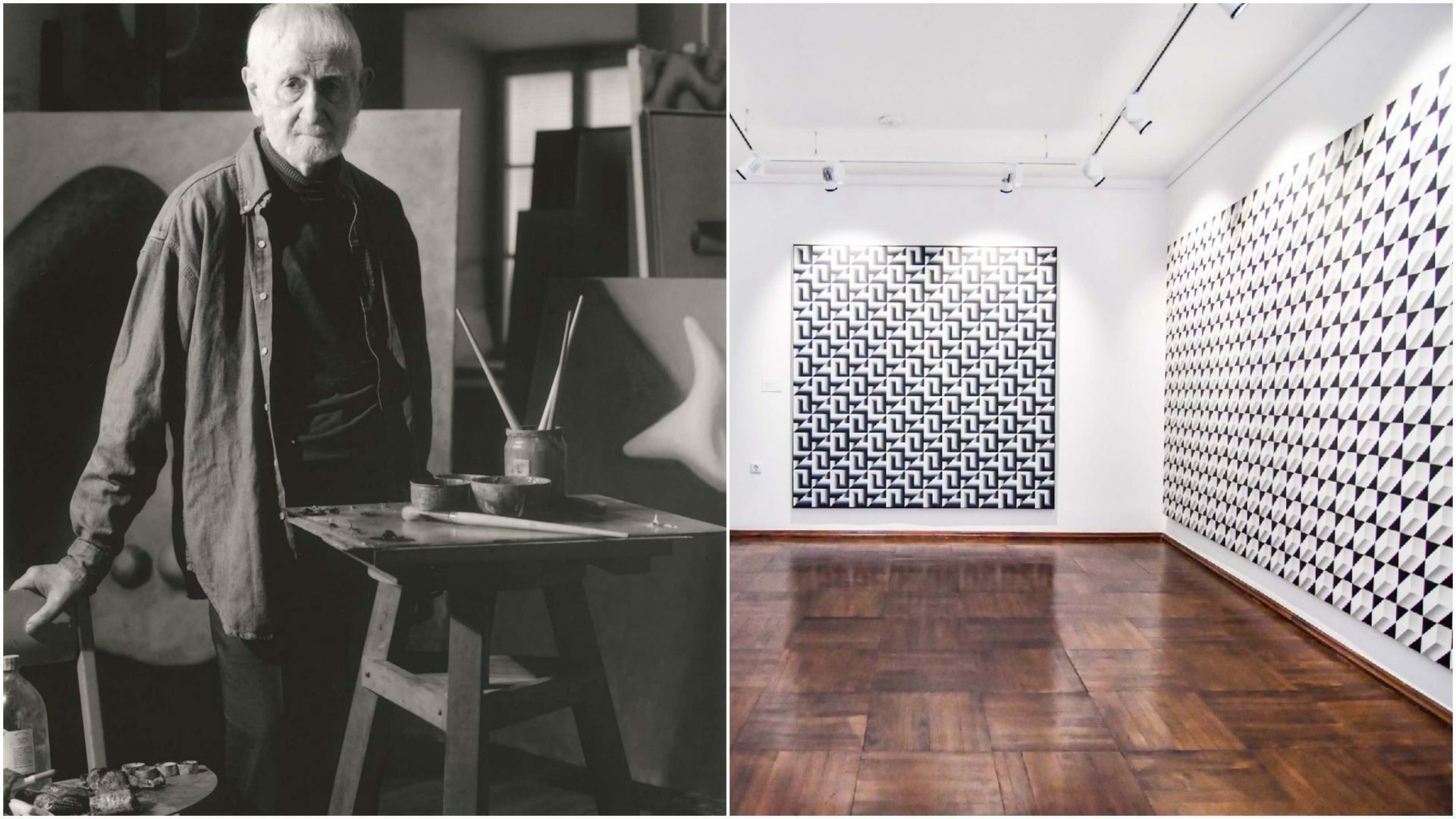Kazys Varnelis House-Museum is located in Didzioji str. 26, right next to the Town Hall. The house is built between two Gothic and Renaissance buildings. In the 16th-century part of it was known as the House of the Small Guild that belonged to the well-known merchant Mamonich family. The owners of the adjacent house in the 16th and 17th centuries were the noble Massalski family.
Reconstruction of the two buildings began in 1985, and in 1993 Vilnius City Council decided to allocate them for the establishment of the Kazys Varnelis Museum. The house is very grand, with 43 rooms — it’s easy to get lost, and each room offers something surprising — you never know what you will discover behind every door. Varnelis’ paintings differ by style, form, colour and optical intensity; his collected pieces span from 15th-century Orientalist style decor to 16th-century Western European interior.
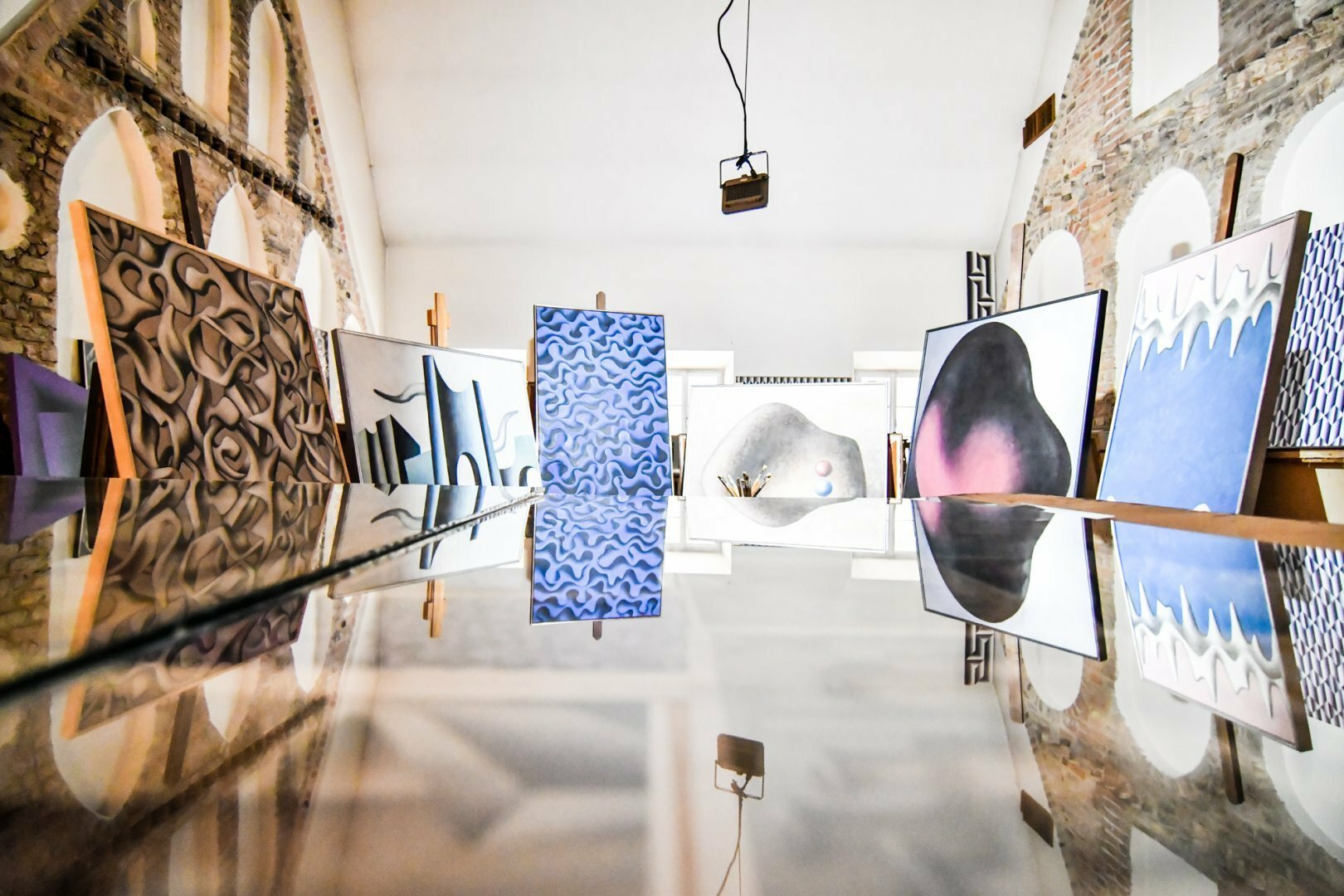
The artist grew up in Lithuania, then left his homeland to study art in Vienna. After graduating, he moved to the United States, where he lived for fifty years. Varnelis’ works are exhibited in New York Solomon R. Guggenheim Museum, Chicago Museum of Contemporary Art, Detroit Art Institute, Akron Art Institute, University of Iowa Art Museum. But the museum in Vilnius has the biggest collection of Varnelis’ works.
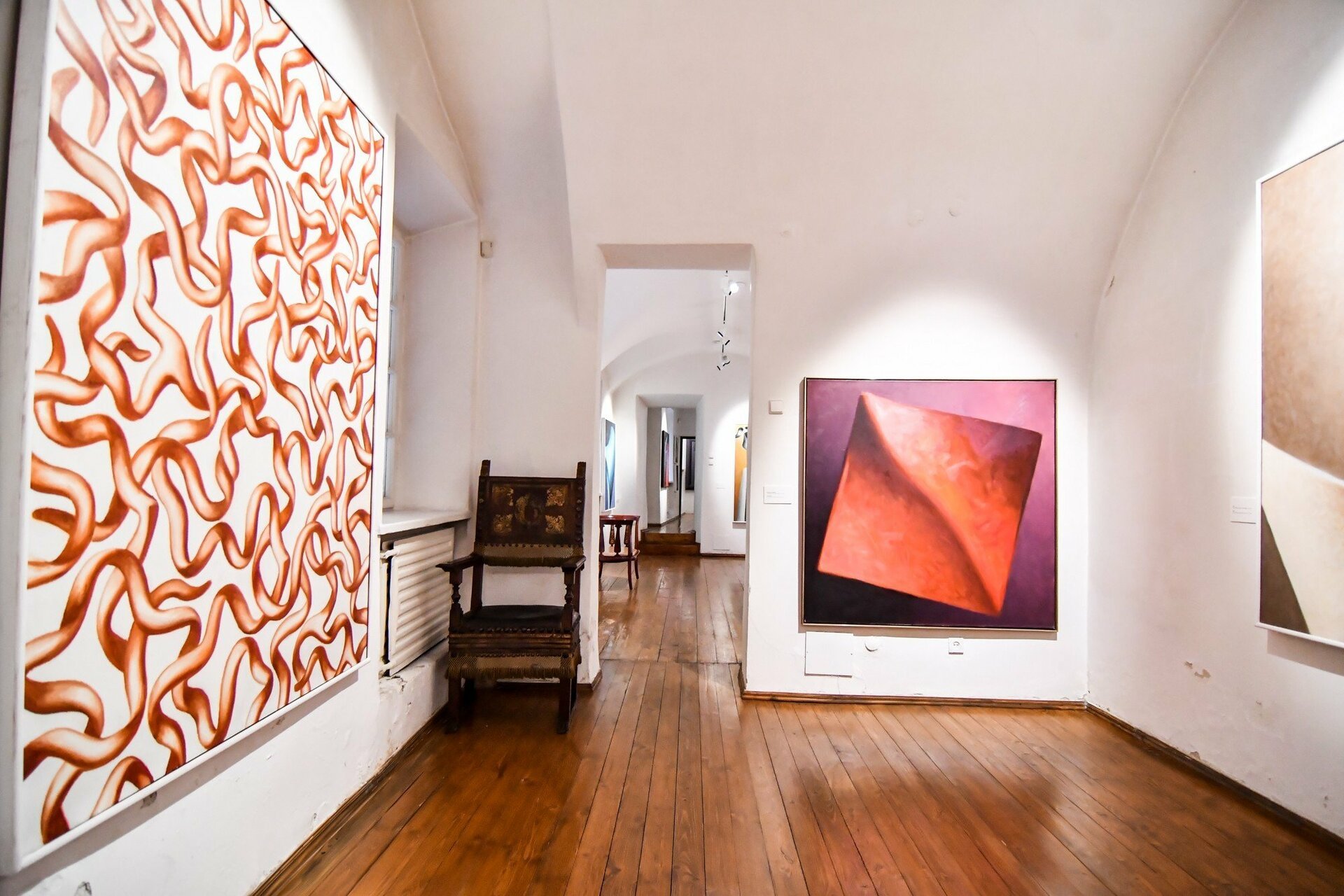
The antique collection
Varnelis gathered unique cartography collection, which consists of more than 300 antique maps. He is significant to Lithuanian culture because, during Soviet times, when national heritage was tossed aside, he collected the old and valuable Lithuanian artefacts, (most bought in Western Europe), and kept them safe in the United States. After the country’s independence, he brought the historical items back to Lithuania.

The museum is full of miscellaneous items from different parts of the world. For five decades the artist gathered Western European and East Asian Art Collection that was hundreds of years old: you’ll see Baroque and Renaissance furniture, and 15th-century Japanese kakejiku hanging scroll on rice paper.
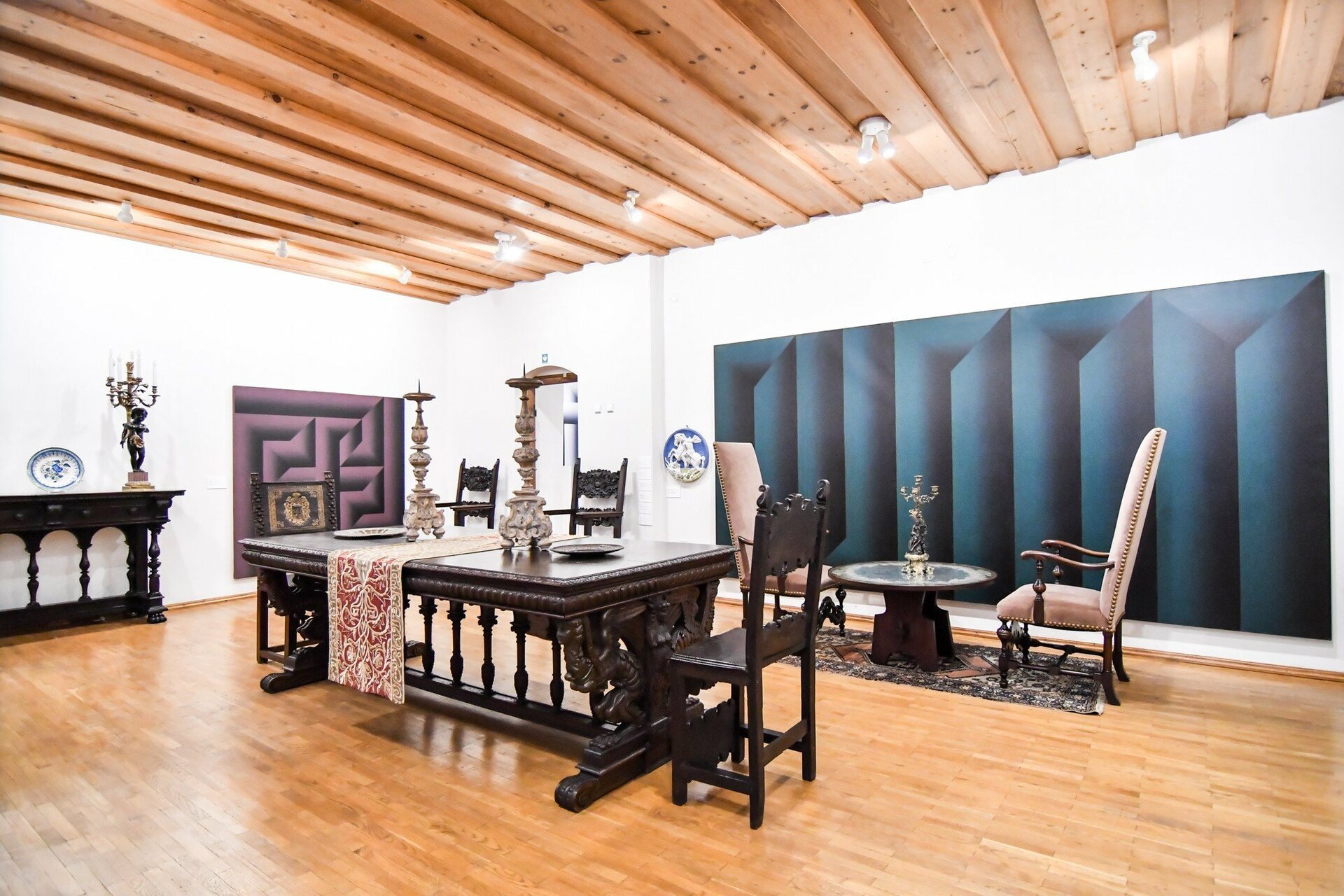
Varnelis collected marble busts and bronze sculptures. And he also made them, but treated his own three-dimensional works as architectural structures collected from wood available at a local store.
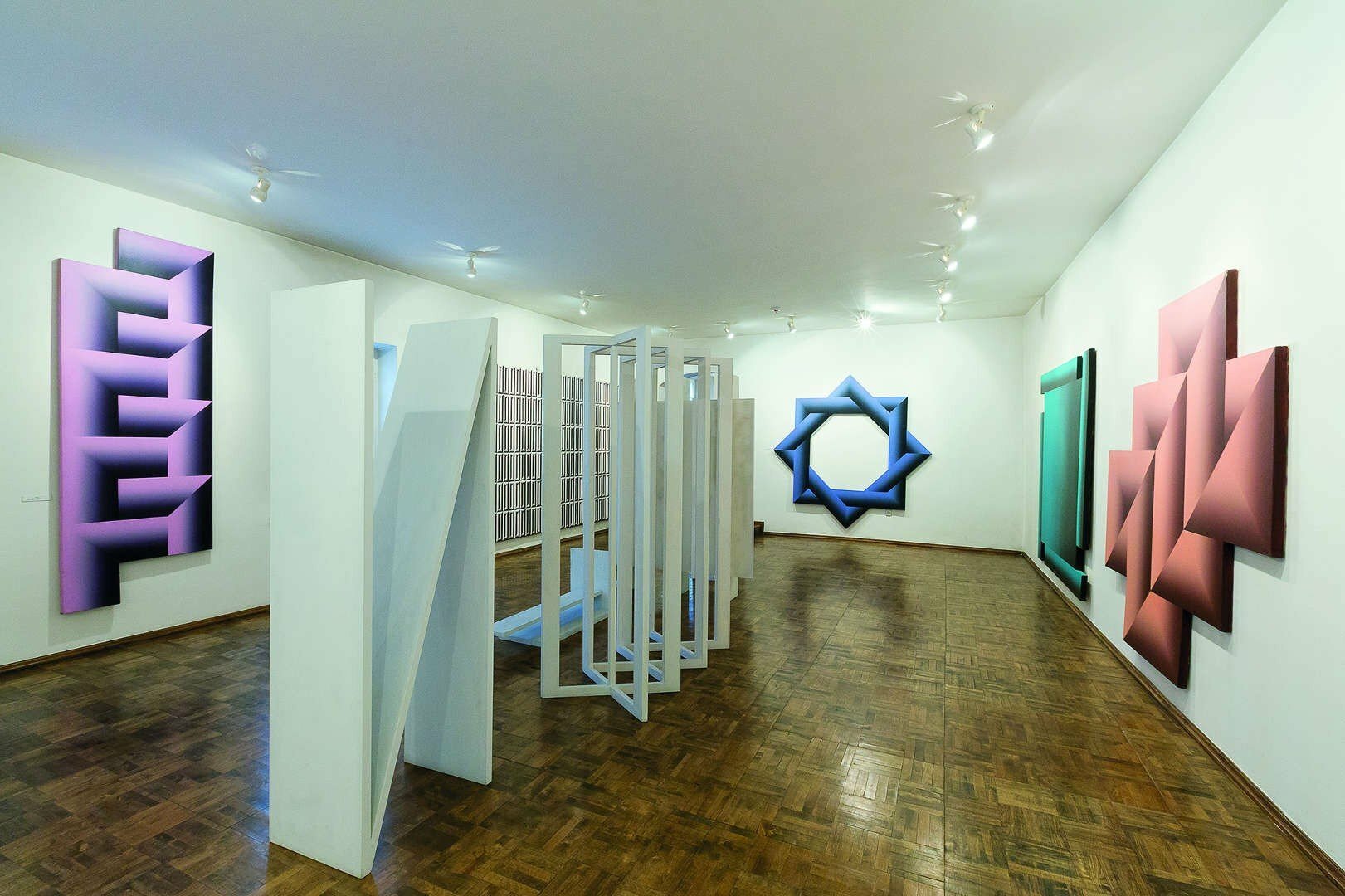
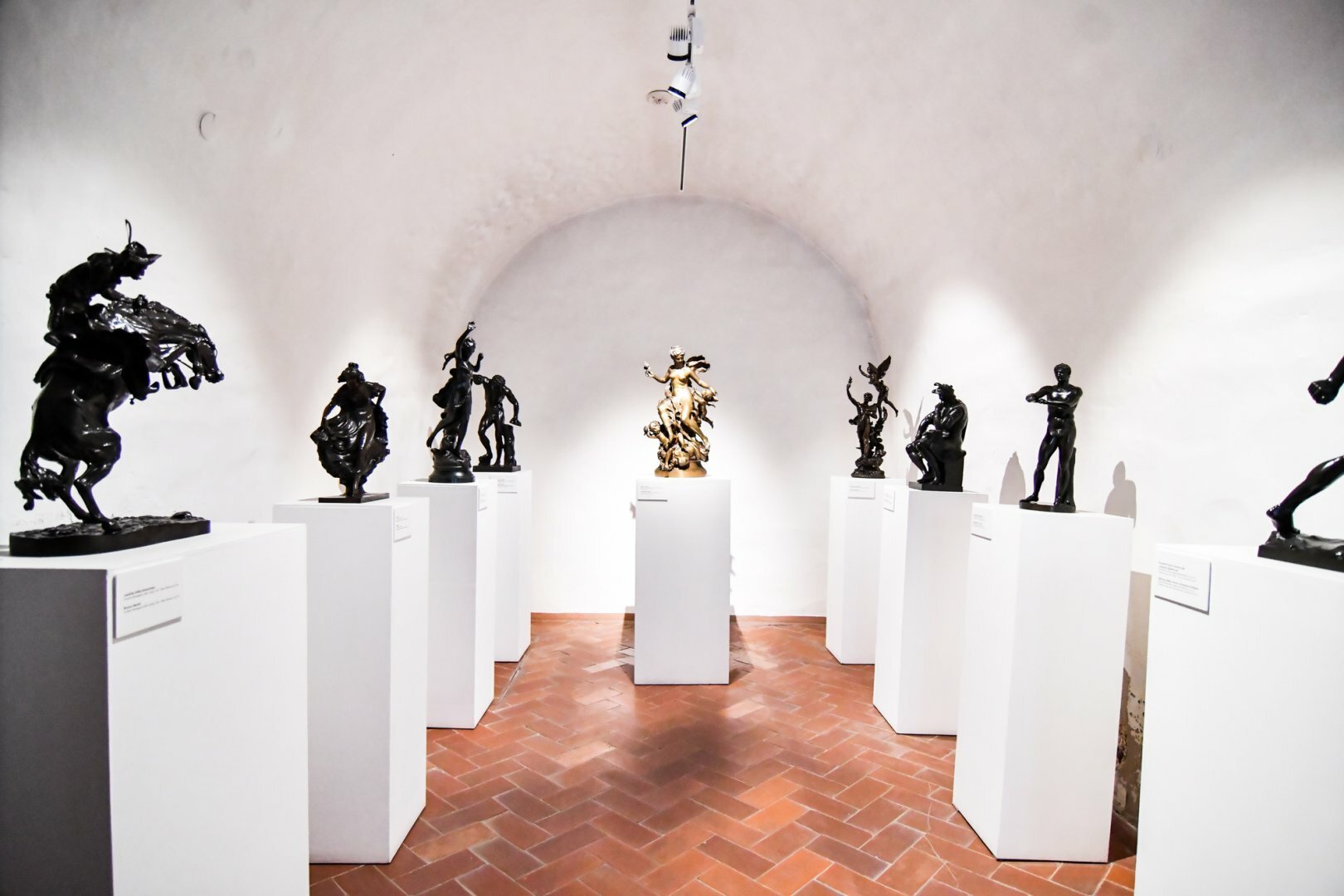
The rhythmic art of Kazys Varnelis
Kazys Varnelis became popular in the art world as a master of optical art. His work is abstractionist, decorative, geometrically shaped, conveying the illusion of optical three-dimensional measurements. Effective rhythm is common, and most of his works are painted in a monochromatic colour. In the early compositions of Varnelis’ art, black and white colours prevailed. Later other colour combinations appeared: black and blue, black and red, and other bright colours.


In Varnelis’ paintings, you will see ornaments of ancient European cultures — a labyrinth, a serpentine. The artist was influenced by his family and ancestry: geometric abstractions and their rhythm are very close to the patterns of Lithuanian fabrics and folk ornamentation.

One of the most symbolic artworks of Varnelis is called “OHO!!!” (1996). It resembles the rooftop of his first home in Alsėdžiai (Žemaitija region). The artwork can also be seen as Varnelis’ signature — if you turned it upside down, you have the letter “V.”

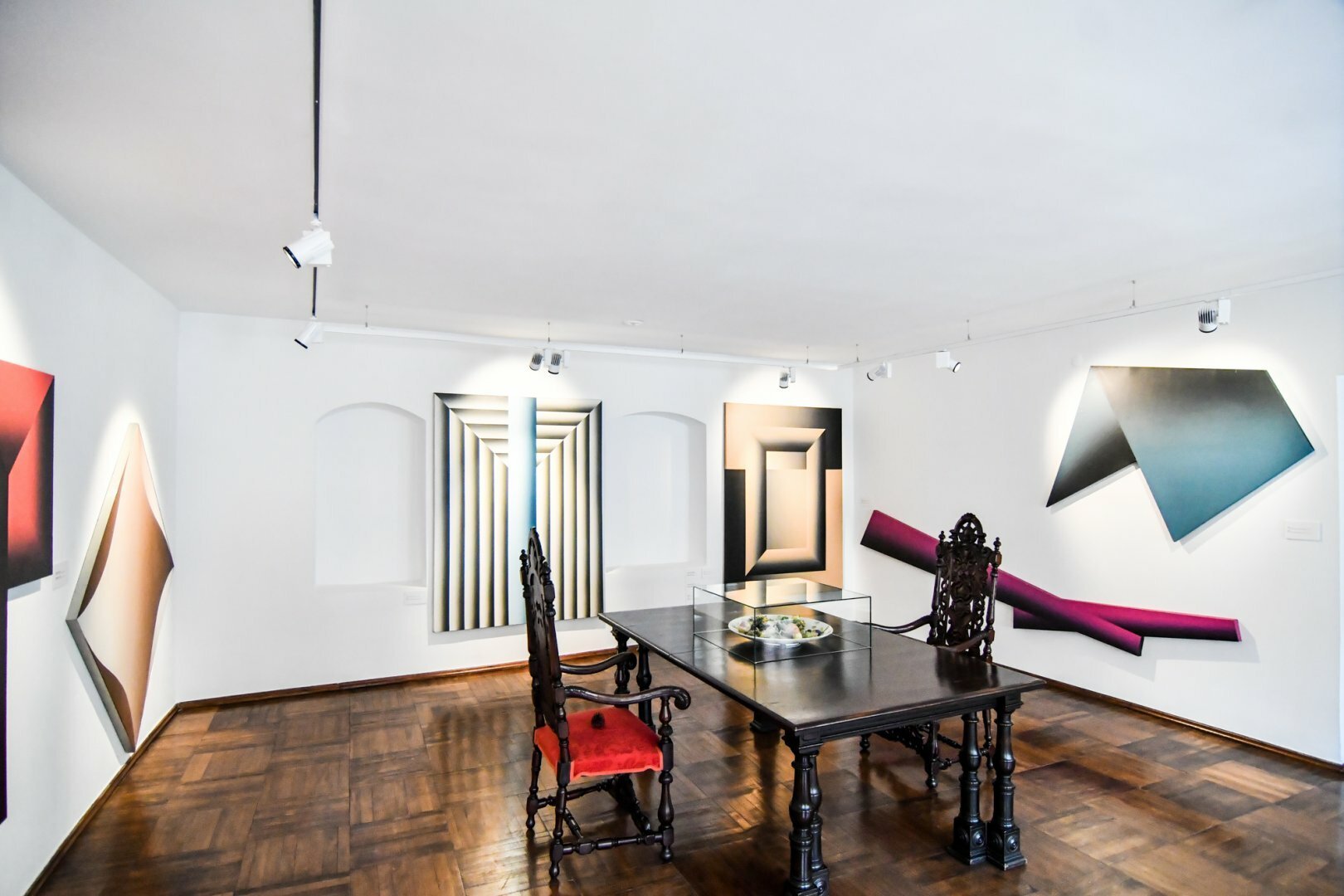
The unique library
Varnelis’ library consists of more than 9,000 books: sources of Lithuanian heritage, atlases, art albums and catalogs, impressively illustrated works of fiction in Lithuanian, Latin, Italian, English, German, French, Polish and other languages. The collection has some rare books that no other library in the country has.


Varnelis himself arranged the whole museum — he wanted visitors to have the best possible experience. By applying the principle of contrast, the artist was able to connect historical interiors, art collections and modern optical abstractions. In this way, unexpected visual combinations in the museum turn into meaningful dialogues between different epochs and styles.
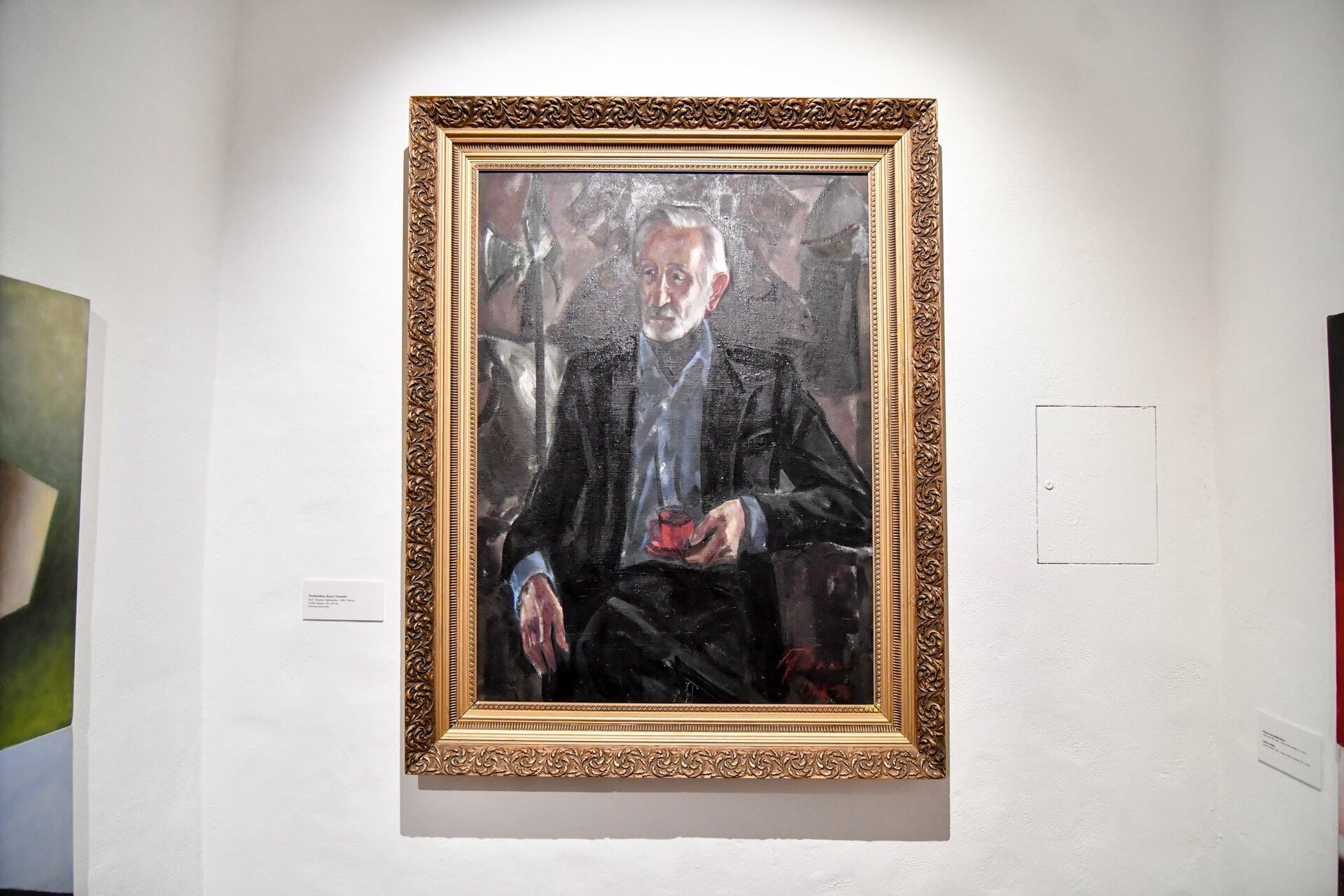
Only 14 rooms out of 43 are open if you want to explore the museum on your own. Therefore, it’s highly recommended to visit the whole exhibit with a tour guide.
Tours are available in Lithuanian, English and Russian.
